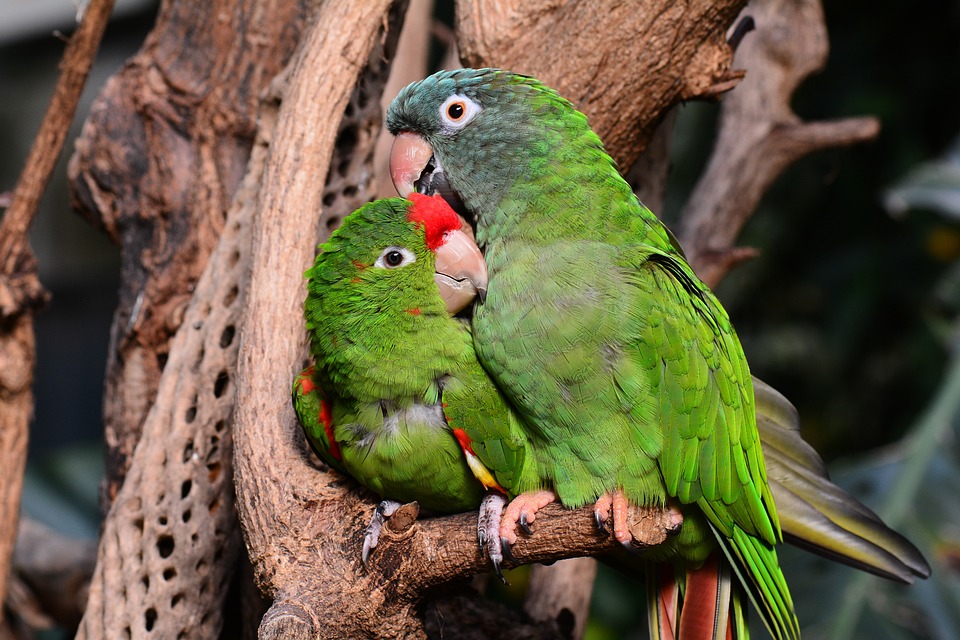Parrot training can be a challenging task, but using positive reinforcement can make the process much easier and more effective. Positive reinforcement involves rewarding desired behaviors in order to encourage their repetition. By incorporating positive reinforcement into daily activities, you can reinforce specific behaviors and create a well-behaved and harmonious parrot.
Before you can begin using positive reinforcement, it is important to identify the desired behaviors you want to reinforce. This could include stepping onto your hand, speaking certain words or phrases, playing with specific toys, or exhibiting calm behavior during activities like grooming or mealtime. Once you have identified these behaviors, you can establish a reward system.
The rewards you choose should be motivating and appealing to your parrot. This could be a favorite treat, praise, or a special toy. Different parrots have different preferences, so it may take some trial and error to find the perfect incentive. Make sure the rewards are easily accessible during training sessions or daily interactions.
Here are some ways you can incorporate positive reinforcement into daily activities:
1. **Mealtime Manners**: Encourage good mealtime manners by rewarding your parrot when they wait patiently for their food. Start by offering a small treat or praise when they wait for a short period of time, and gradually increase the duration they need to wait before receiving their reward. This will reinforce their patience and self-control.
2. **Step-Up Training**: When teaching your parrot to step onto your hand, offer a reward each time they successfully comply. This will reinforce the desired behavior and create a positive association with stepping up.
3. **Vocal Training**: If you’re training your parrot to speak certain words or phrases, reward them with praise or a treat each time they mimic the desired sound. Repetition and consistency are key in vocal training, so be patient and provide consistent positive reinforcement.
4. **Cage Behavior**: Encourage calm behavior inside the cage by rewarding your parrot when they remain quiet or engage in quiet activities, such as playing with toys. This will help them associate their cage with positive experiences and reduce potential behavioral issues.
It is generally recommended to focus solely on positive reinforcement for parrot training. Negative reinforcement, such as punishment or scolding, can lead to fear or aggression in parrots. By using positive reinforcement exclusively, you create a positive and trust-based relationship with your parrot.
The time it takes to see results with positive reinforcement can vary depending on the individual parrot and the behavior being trained. Some parrots may pick up on desired behaviors quickly, while others may require more time and repetition. Consistency, patience, and positive reinforcement will yield the best results in the long run.
If your parrot doesn’t seem motivated by the rewards you offer, try different treats, toys, or forms of praise until you find something that sparks their interest. Experimentation is crucial in finding the most effective incentives for your parrot.
Incorporating positive reinforcement into daily activities can be a powerful tool for parrot training. By identifying desired behaviors, establishing a reward system, and consistently reinforcing those behaviors, you can shape your parrot’s behavior and create a strong bond of trust and cooperation. Remember to be patient, observe your parrot’s preferences, and adapt your training techniques accordingly. With time and effort, you’ll witness the positive transformation of your parrot’s behavior.









